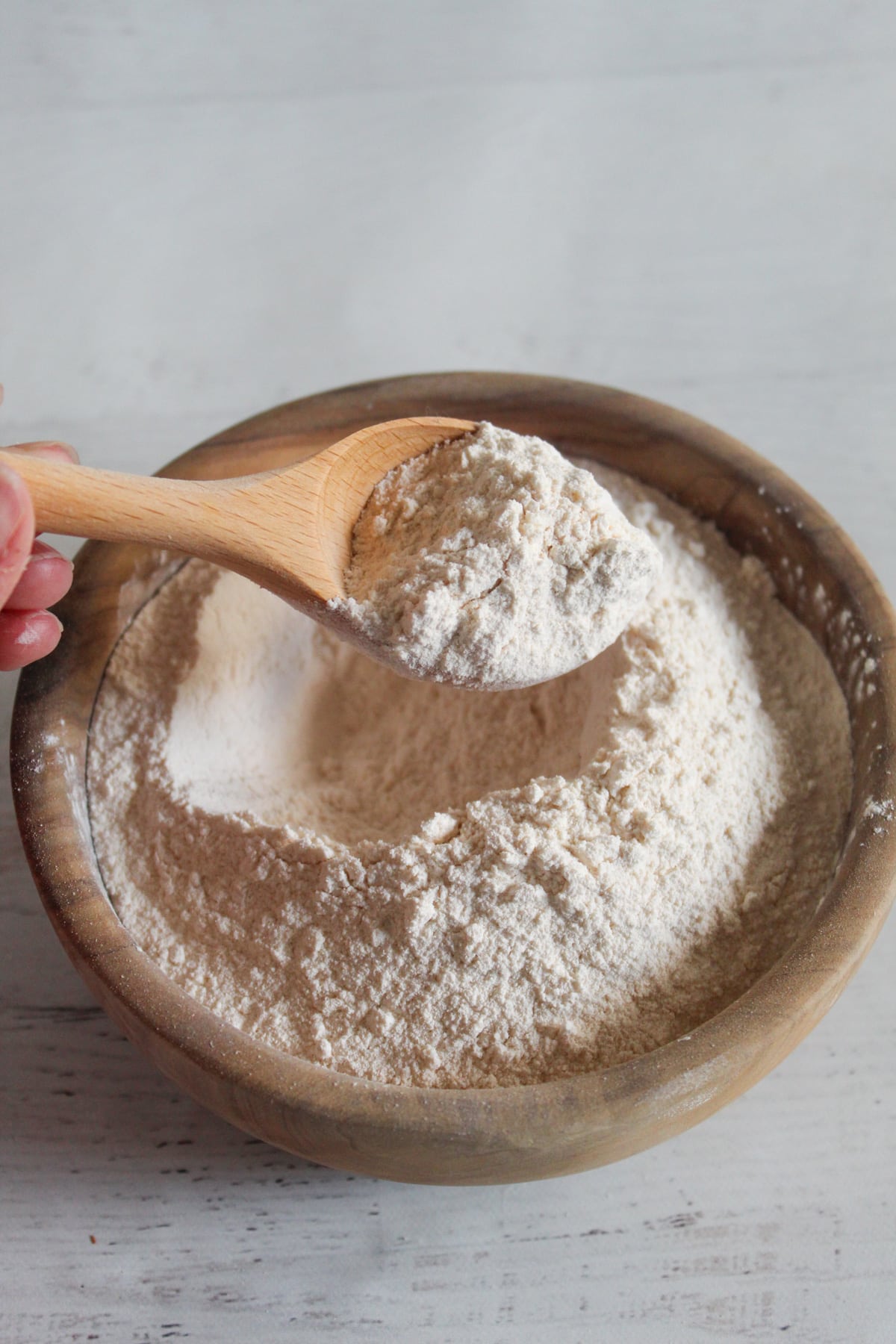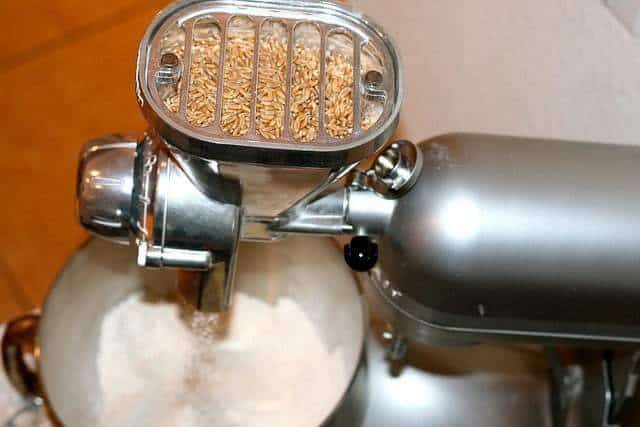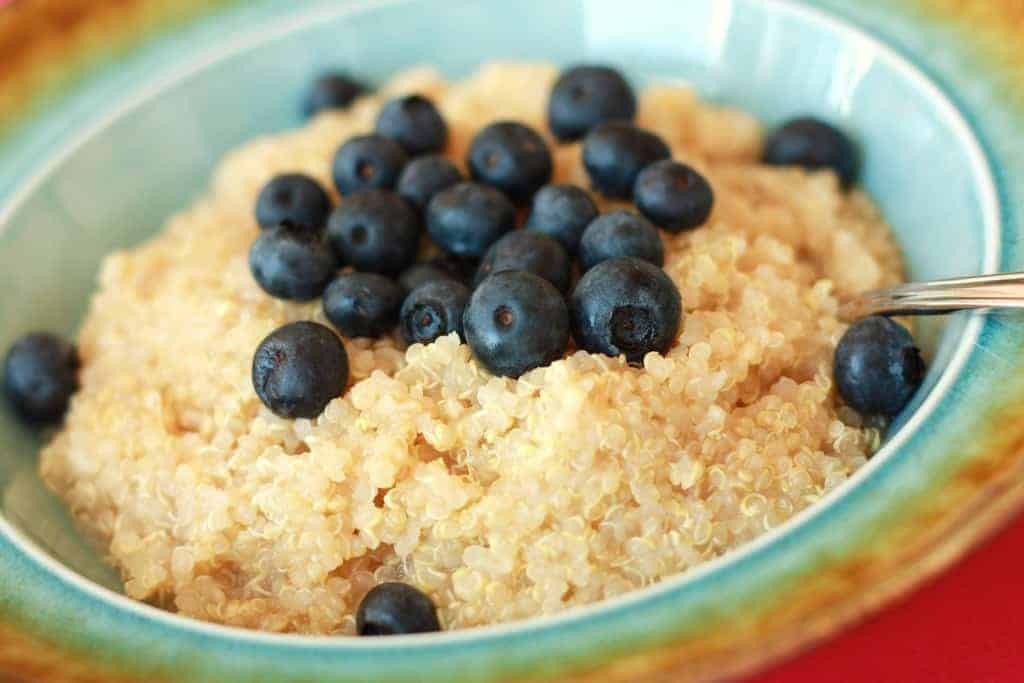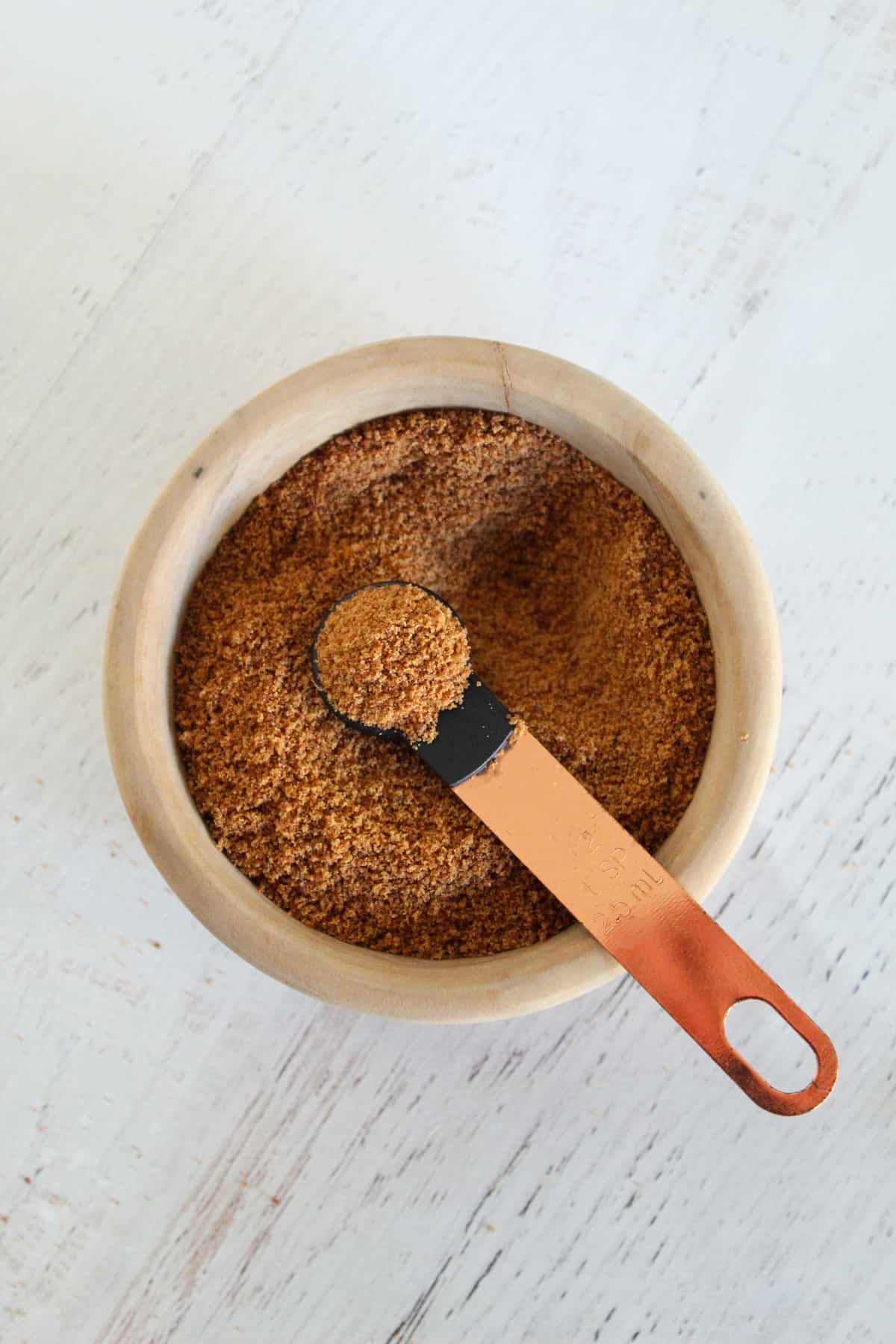50 Terms You’ve Got to Know in Gluten-Free Baking
When it comes to gluten-free baking, it can be somewhat of a mystery as to what ingredients do what, what is essential and what is not, and what the ingredients are even made of. With knowledge of essential gluten-free baking terms, you can bake with confidence knowing what to use as a gluten-replacer, or which type of flour will taste the best and give you the consistency you are looking for.
Without the use of gluten, the properties of which are essential for most baking, people have been forced to get creative with their substitutes which means that there are many different products that seem unfamiliar.
This list ventures to clear the fog. In addition to explaining the purpose of various specialty gluten-free ingredients, however, it also includes everyday items about which you may be wondering. Armed with the knowledge of what is going into your food will allow you to truly take your baking to the next level.
- Acacia gum – Made from the sap of the acacia tree in Africa, this gum is used as a binding agent and emulsifier in gluten-free bread making.
- Agar Agar – Made from seaweed, agar agar is a vegan alternative to gelatine which is dissolved in hot water and used the same way that gelatine is used.
- Agave – This ingredient is a natural sweetener that is often used in place of cane sugar.
- Almond flour – Often used interchangeably with almond meal, this is a gluten-free wheat flour alternative with the consistency of corn meal. This flour is usually used for things such as muffins and pancakes, and vegetable-based breads that do not require needing.
- Amaranth flour – This flour is made from the seeds of the South American amaranth plant. It is often used in things like cookies, cereals, and breads, and can be used as a direct substitute for wheat flour.
- Arrowroot powder – Since this ingredient has about 23 percent starch, it is often used in baked goods to make them less dense.
- Ascorbic acid – Not as frequently used in home baking as it is in commercial baking, ascorbic acid is used to condition dough that can increasing rising time and allow a greater volume.
- Baking powder – This ingredient is totally gluten-free and is used as a leavening (rising) agent.
- Baking sheet – A baking sheet (also known as a baking pan or cookie sheet) is a large, rectangular pan used for baking things with a large surface area such as cookies.
- Baking soda (also known as bicarbonate of soda) – This ingredient is used as a leavening agent (an ingredient that makes things rise) in recipes.
- Benching – The act of allowing dough to rest periodically while you are working with it so that it is easier to handle.
- Binders – In baking, a binder is an ingredient that gives elasticity to a baked item, such as eggs, starches, and gums. In grain-based baking, gluten is usually a main binding agent.
- Bread pan (also known as a loaf pan) – This type of pan is usually sized about 8 by 4 inches, and is quite deep for making loafs such as bread, nut loafs, or some cakes.
- Buckwheat (beechwheat) flour – This flour is completely gluten-free and often used in baked goods such as bread, cookies, pancakes, and muffins in conjunction with other gluten-free flours or flour mixes.
- Chia seeds – These seeds are typically ground up for the use of gluten-free baking in place of ingredients such as xanthan or guar gum. In gluten-free recipes, chia seeds give breads the elasticity and fluffiness that gluten does.
- Coconut flour – Both gluten-free and nut-free, coconut flour makes a great alternative to those who eat gluten-free but can’t tolerate nut or rice flours. It is made from the meat of coconuts and can be used in place of grain-based flours in conjunction with other gluten-free flours.
- Corn flour – Not be mistaken for cornmeal which has a crunchy texture, corn flour is milled from whole corn that has been soaked in limewater. It is used in foods like corn tortillas and tamale dough. Note: corn flour in the United Kingdom denotes cornstarch, which is derived only from the corn’s endosperm.
- Cornmeal – Ground from dried corn, cornmeal can come fine, medium, or coarse, and it can often be used interchangeably with corn flour.
- Cream of tartar – In baking, cream of tartar is often used in conjunction with baking soda to help baked goods rise nicely.
- Fava bean flour – This flour is made from dried, blanched, and milled fava beans which provide an earthy flavor to baked goods. In gluten-free baking, it is often combined with garbanzo bean flour and can be directly substituted for wheat flour in most recipes. Bob’s Red Mill has a good fava bean flour.
- Flaxseed meal – This ingredient is used in gluten-free baking for added nutrition, and can also be used as a binder as a healthy alternative to gums.
- Garbanzo bean (chickpea) flour – Also known as gram flour or besan, this flour is made from dried or roasted chickpeas and can be used to replace wheat flour in most recipes when it is mixed with fava bean flour.
- Gelatine – Used mainly for elasticity in desserts, gelatine is a product made from animal products (if you are looking for a vegetarian/vegan alternative, agar agar or Gelozone can be used one-to-one in its place).
- Ghee – Originating in India, ghee is a clarified butter that can be used in place of dairy butter in cooking and baking as a vegan substitute.
- Gluten – Found in specific grains (including all forms of wheat), gluten is a group of proteins that can be harmful to the body, especially for those with gluten sensitivity.
- Guar gum – This gum, which is made from the seeds of the guar plant of India and Pakistan, can be used to replace gluten in recipes to act as a binder and thickener. Many processed foods have guar gum in them.
- Hazelnut meal – This ingredient is made from ground hazelnuts and is used in baking as a stabilizer. It can be used in bread, but it is best in goods such as muffins, cookies, and cakes.
- Hemp flour – Ground from hemp seeds, hemp flour is gluten-free and great for baking things like crackers or flat breads. It doesn’t rise, however, so this flour doesn’t work well in items like breads or cakes.
- Kosher salt – This salt, although its grain size is typically larger than common table salt, has no additives such as iodine which some prefer in their baking.
- Millet flour – Made from the grinding of millet pearls, this flour is gluten-free and is often used in gluten-free baking. Since it contains little starch, it typically requires the addition of binders such as eggs, starches, or gums.
- Pecan meal – Also known as pecan flour, this ingredient is often used as an alternative to gluten-based flours in baking. It is made by grinding and works well in things like pancakes, crackers, and pastries.
- Pectin – This ingredient is used as a thickening agent in things like jams, jellies, and similar fruit fillings. Pectin can also be added to gluten-free breads to help them retain their moisture and come out soft and fluffy.
- Potato flour – Not to be confused with potato starch, potato flour is ground from dehydrated potatoes and is frequently used in gluten-free baking as a substitute for gluten-based flours. It is often mixed with rice flours for a lighter consistency in bread baking.
- Potato starch – This ingredient is made from the starchy proteins of the potato and is often used as a thickener, or in place of gluten in gluten-free baking.
- Proofing – Part of the bread-baking process, proofing is the time when dough is allowed to relax and rise.
- Psyllium seed husk – Also known simply as psyllium in baking, this ingredient is frequently used in place of gluten in gluten-free baking, especially to accommodate those with a sensitivity to guar or xanthan gums.
- Quinoa flour – This flour, made from quinoa seeds that have been ground and provides a nutty flavour when used in baking. It is usually mixed with other flours in gluten-free baking because it is high in fat which adds to baked goods’ moisture.
- Rice bran – A terrific replacement for wheat bran, this ingredient is obtained during the polishing of brown rice in which the bran is removed. It is high is vitamin B6, thiamine, niacin, phosphorous, and iron.
- Rice flour – Rice flour, especially when combined with binders such as starches or psyllium, is the gluten-free flour that is the most like wheat flour, so many bakers prefer to use it. It is made purely of rice that has been ground to a fine powder and binds quite nicely.
- Rye flour – While this flour is not gluten-free, it contains much less gluten than wheat does which means that those who can tolerate some gluten in their diet may find it good to bake with in place of wheat flour.
- Scant – In measuring, an amount that is just short of the measuring tool. For example, a scant teaspoon is slightly less than one teaspoon.
- Skim milk powder – This ingredient is made of skim milk that has been dried to a fine powder. It is often used in gluten-free baking to add moisture and tenderness.
- Sorghum – A soft, fine powder made from the sorghum grain, this ingredient is often used in gluten-free baking as a component of flour mixes.
- Soy flour – This flour provides a nutty flavour to baked goods, and is best used when mixed with other flours. It is made from the grinding of soy beans into a fine powder.
- Spelt flour – An ancient form of wheat, spelt flour is a great alternative for those with gluten sensitivities. It binds quite nicely without the need for additives, but unfortunately this flour is not entirely gluten-free.
- Sweet rice flour – This type of rice flour is made from a specific type of rice known as sweet or sticky rice. It is a particularly starchy variety which makes it great in flour mixes as a binding agent.
- Tapioca flour (Also known as tapioca starch.) – Derived from the cassava root, tapioca flour is a starchy alternative to gluten-based flours that is often used in baking because of its sweetness. It works well in cakes, cookies, and some types of bread.
- Teff flour – This flour is made from an ancient grain that is loaded with nutrients, which makes it a great component of baked goods like quick breads and crackers.
- Unleavened – Baked goods that are unleavened have no ingredients in them to give them volume such as yeast, eggs, or baking powder.
- Xanthan gum – A product made from fermented corn sugar, xanthan gum is often used to replace gluten in foods; it helps to give dough elasticity and stability that many gluten-free flours don’t provide.
.



